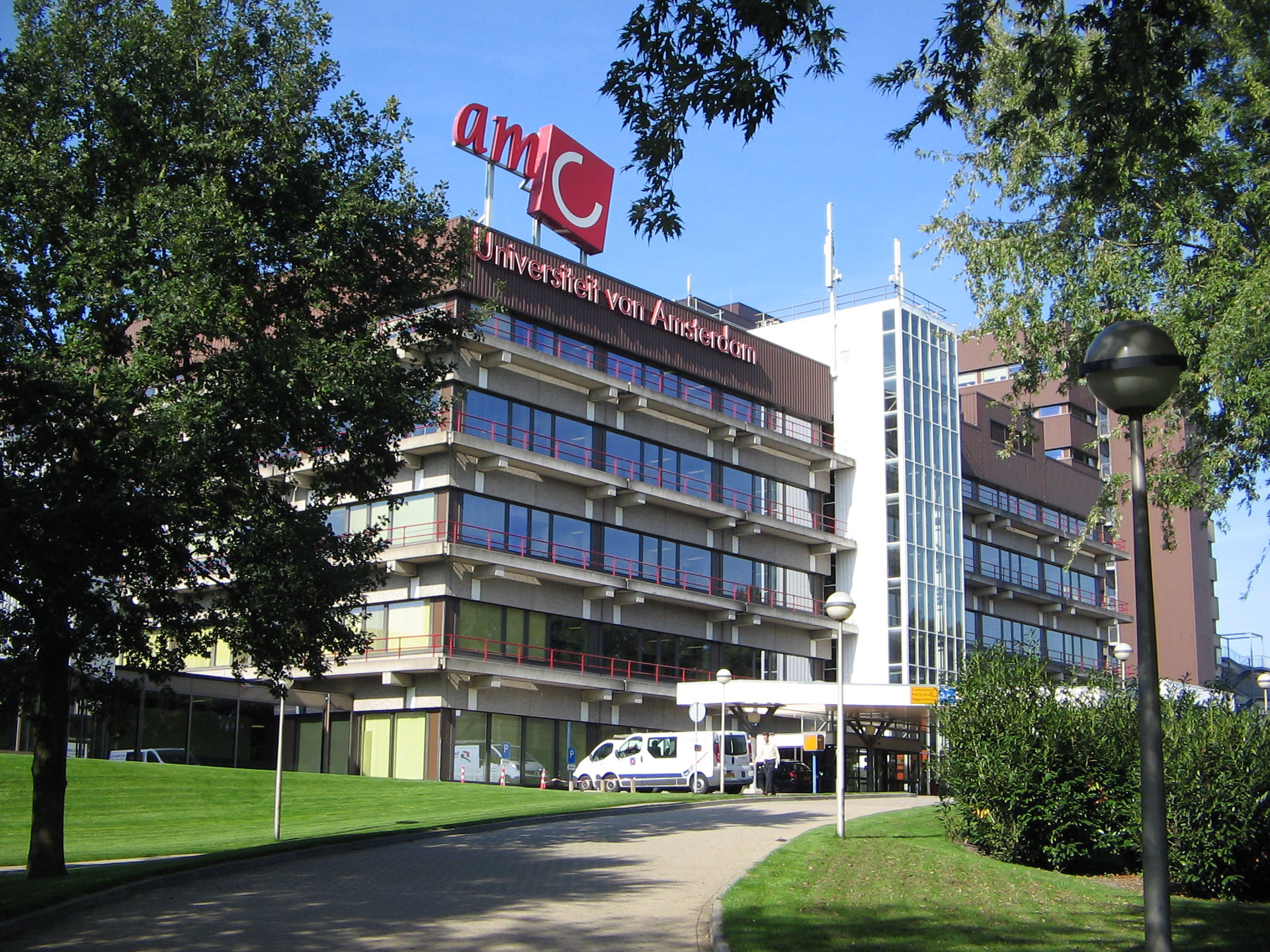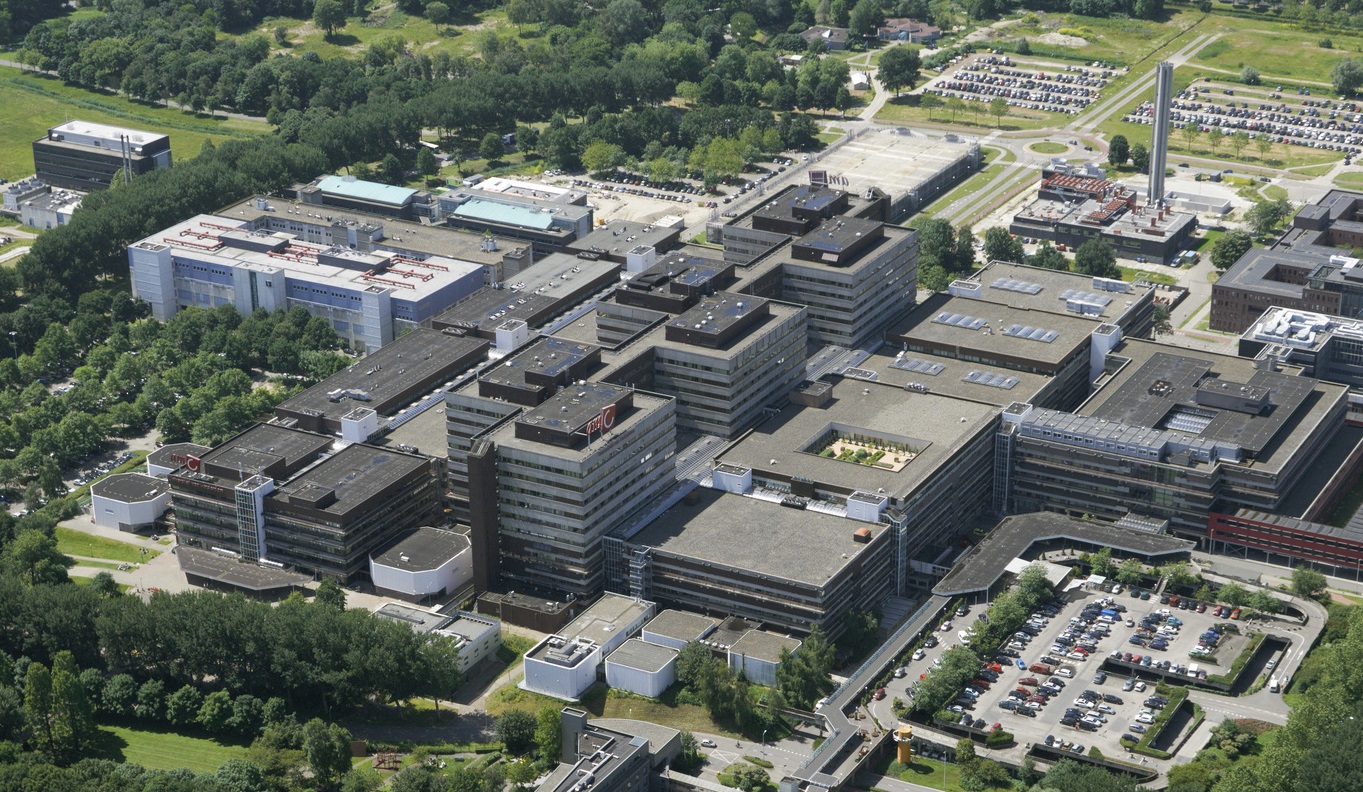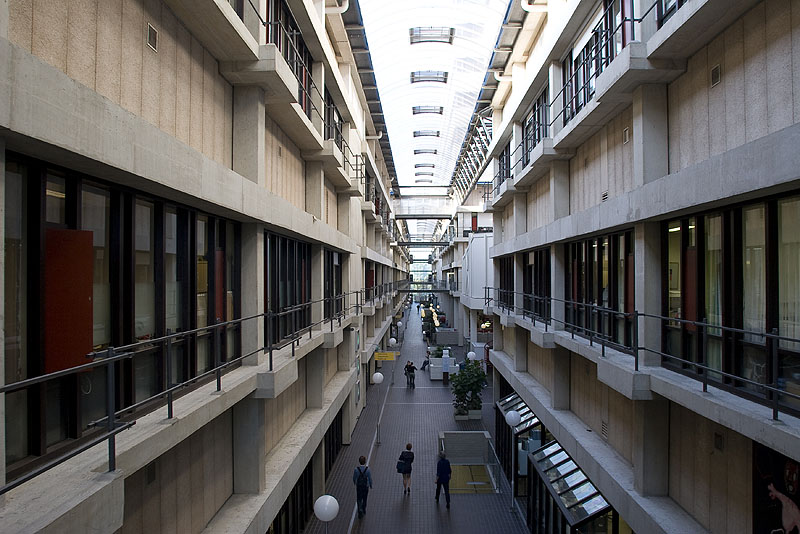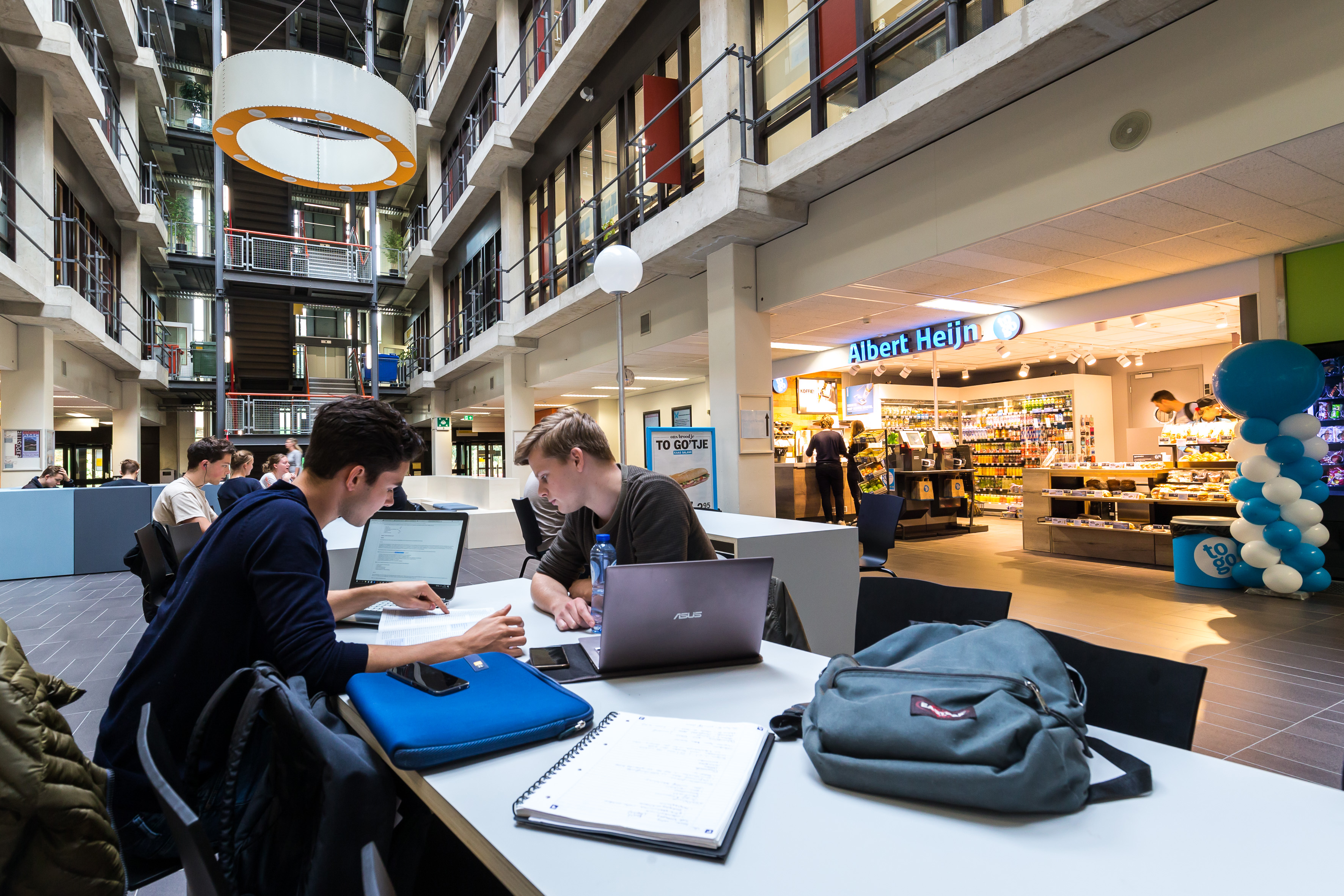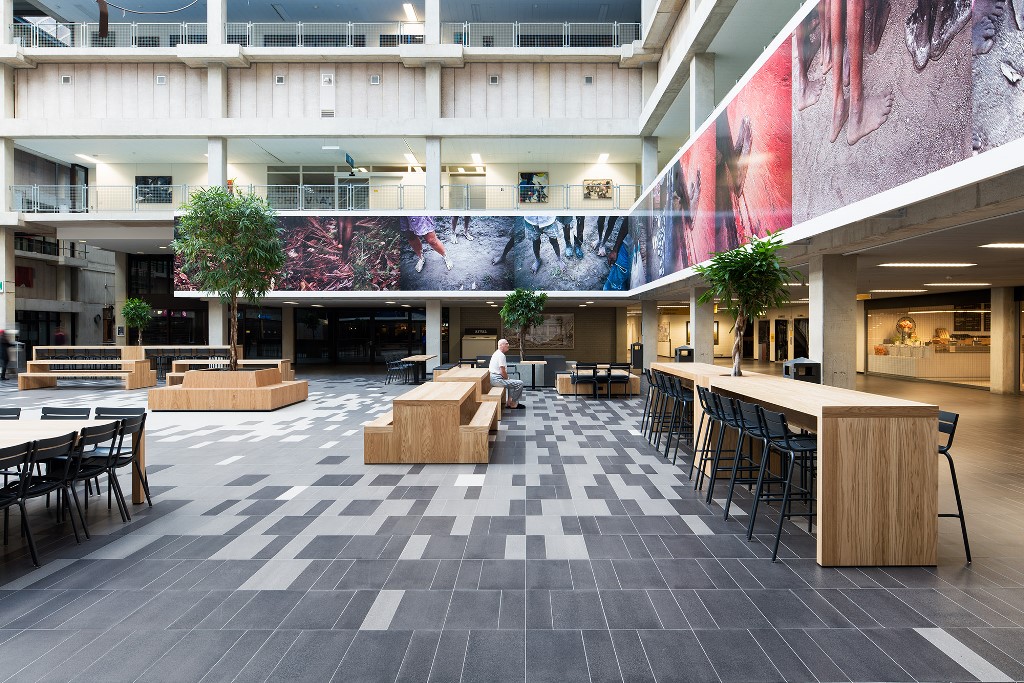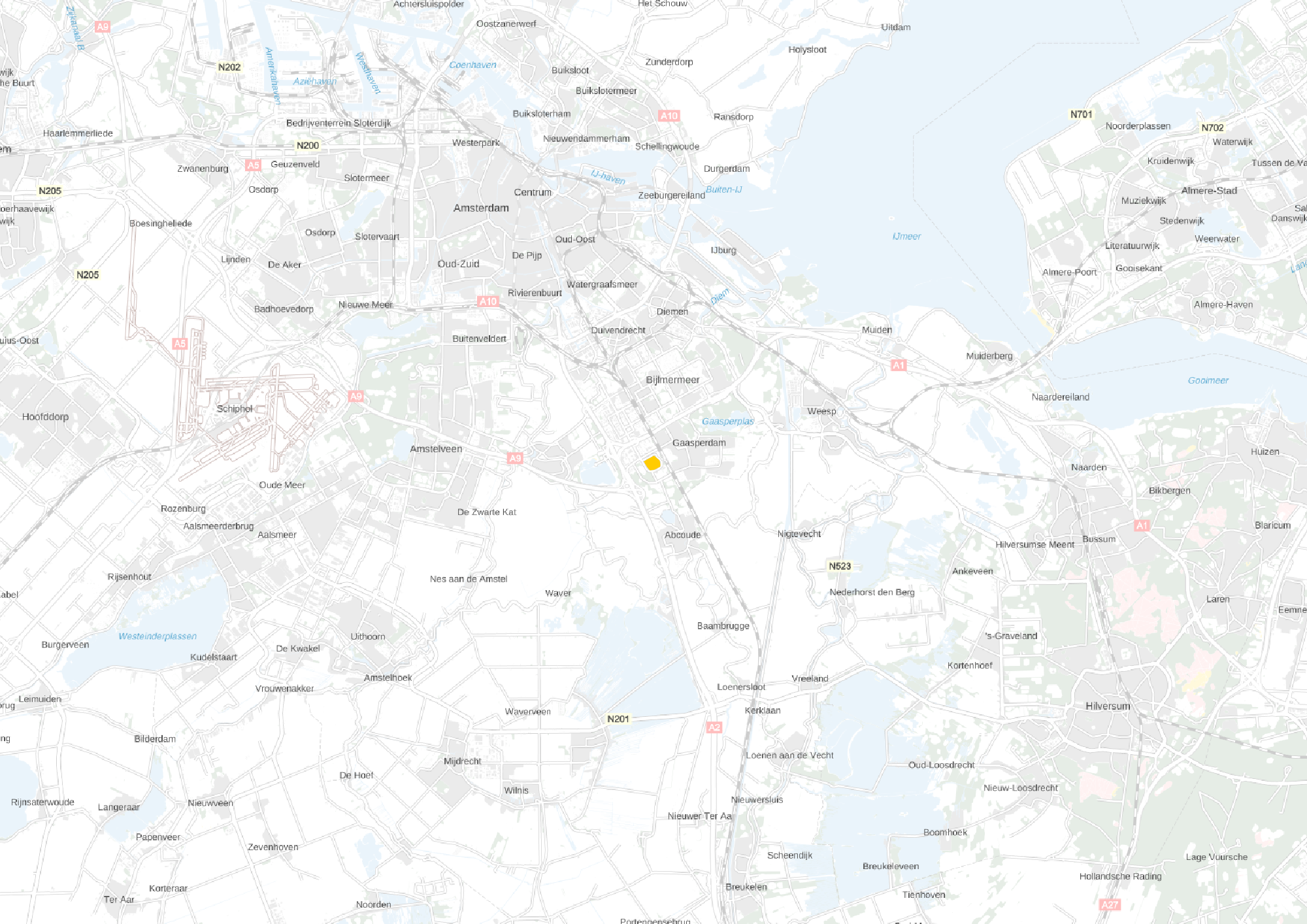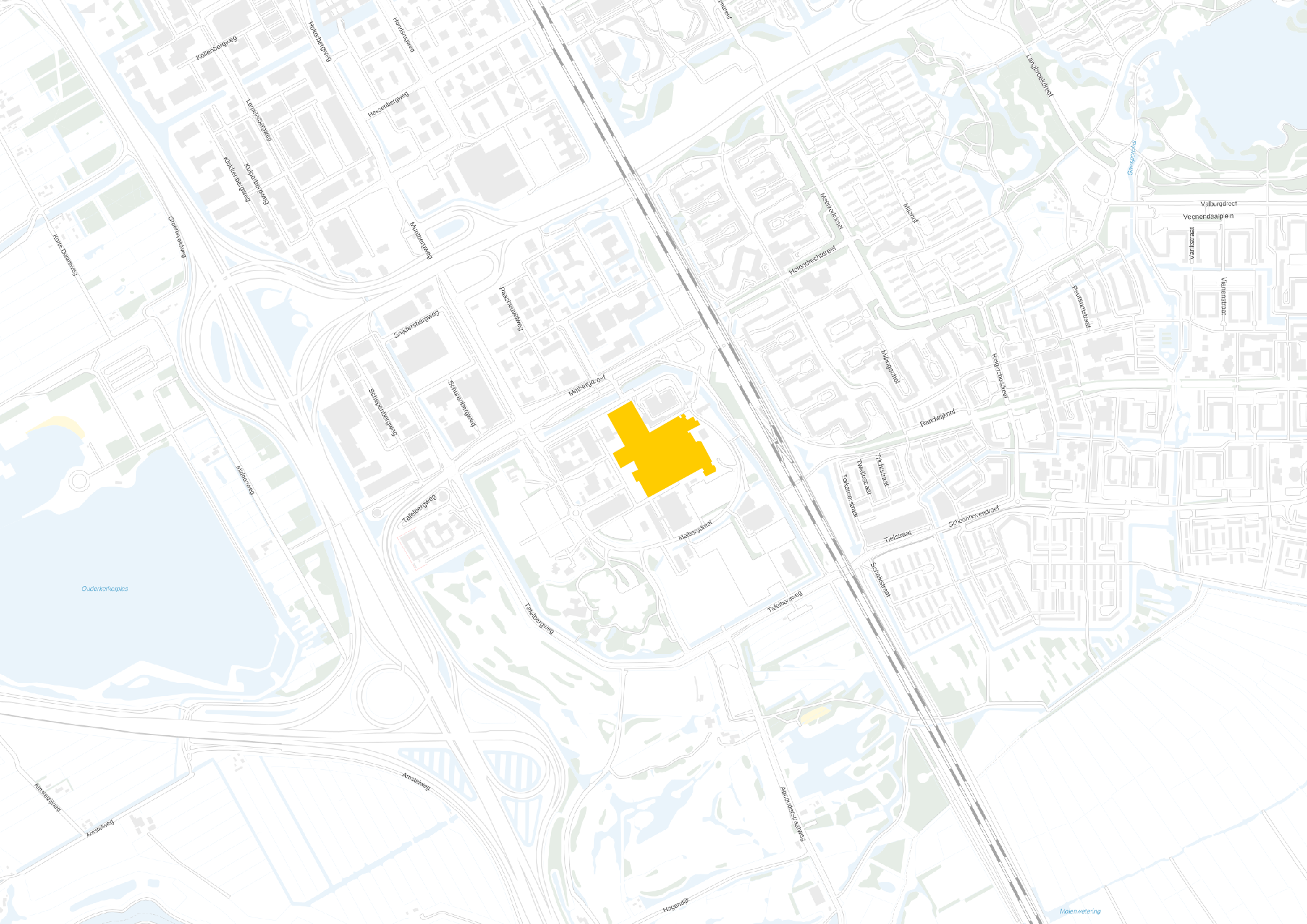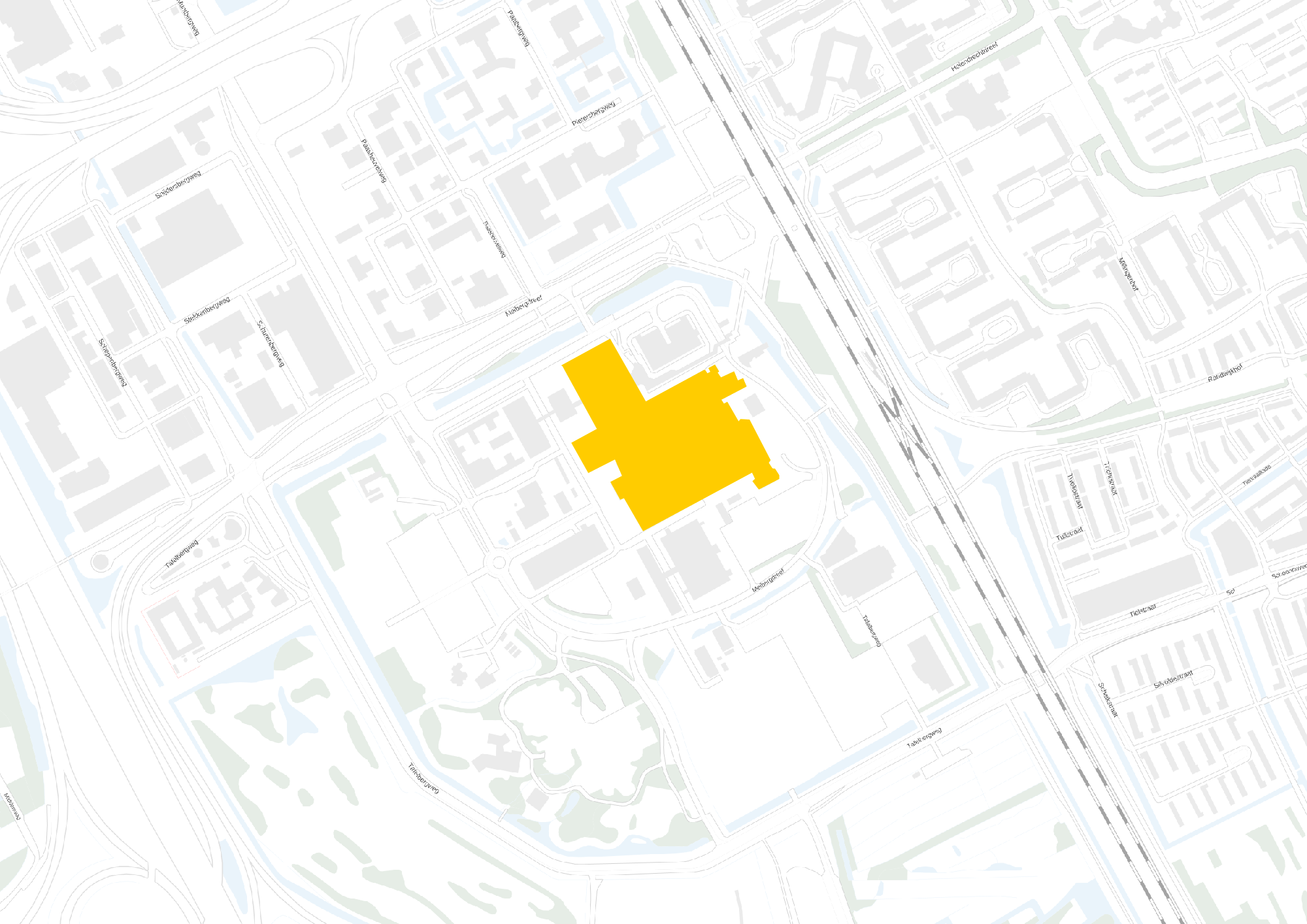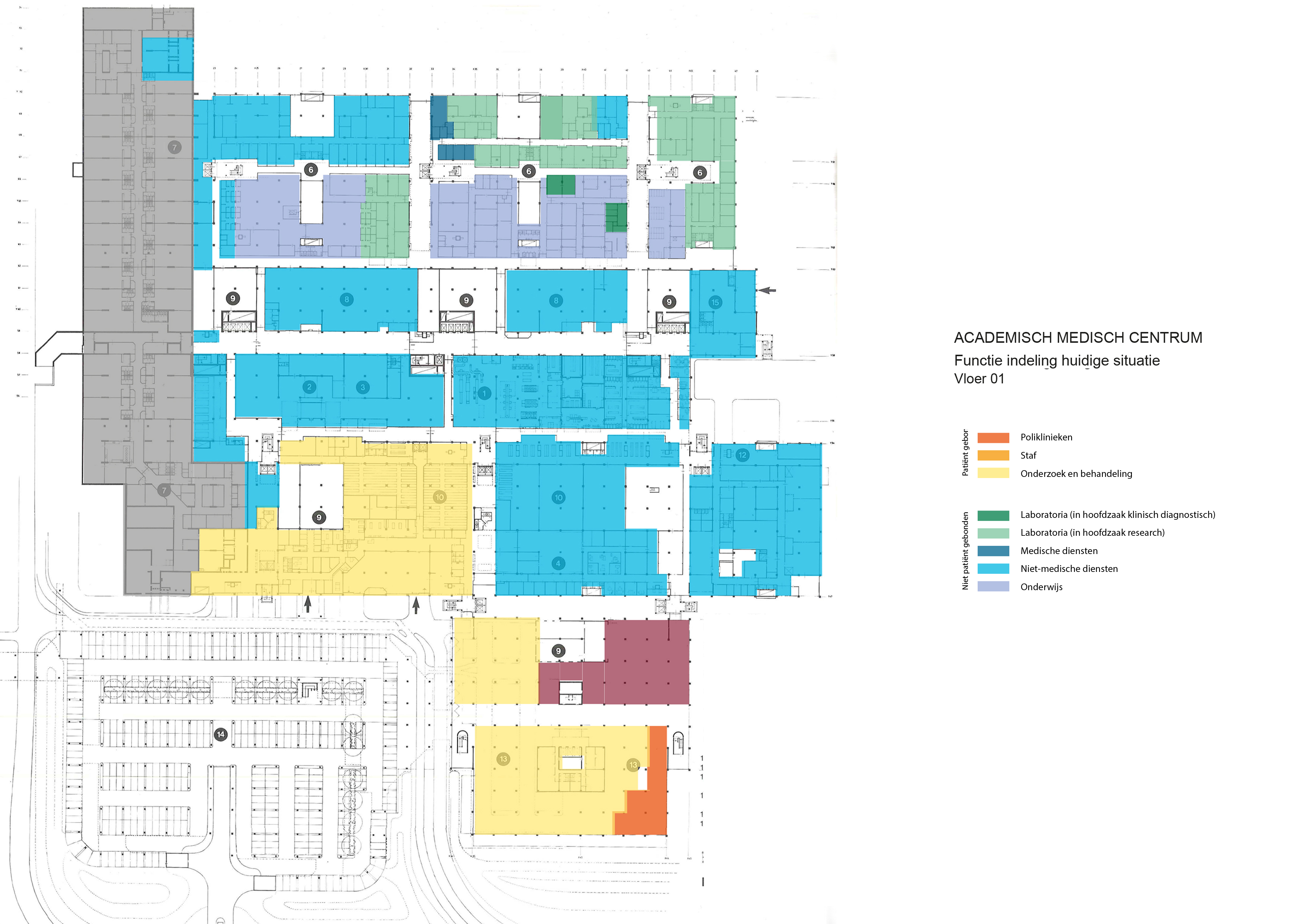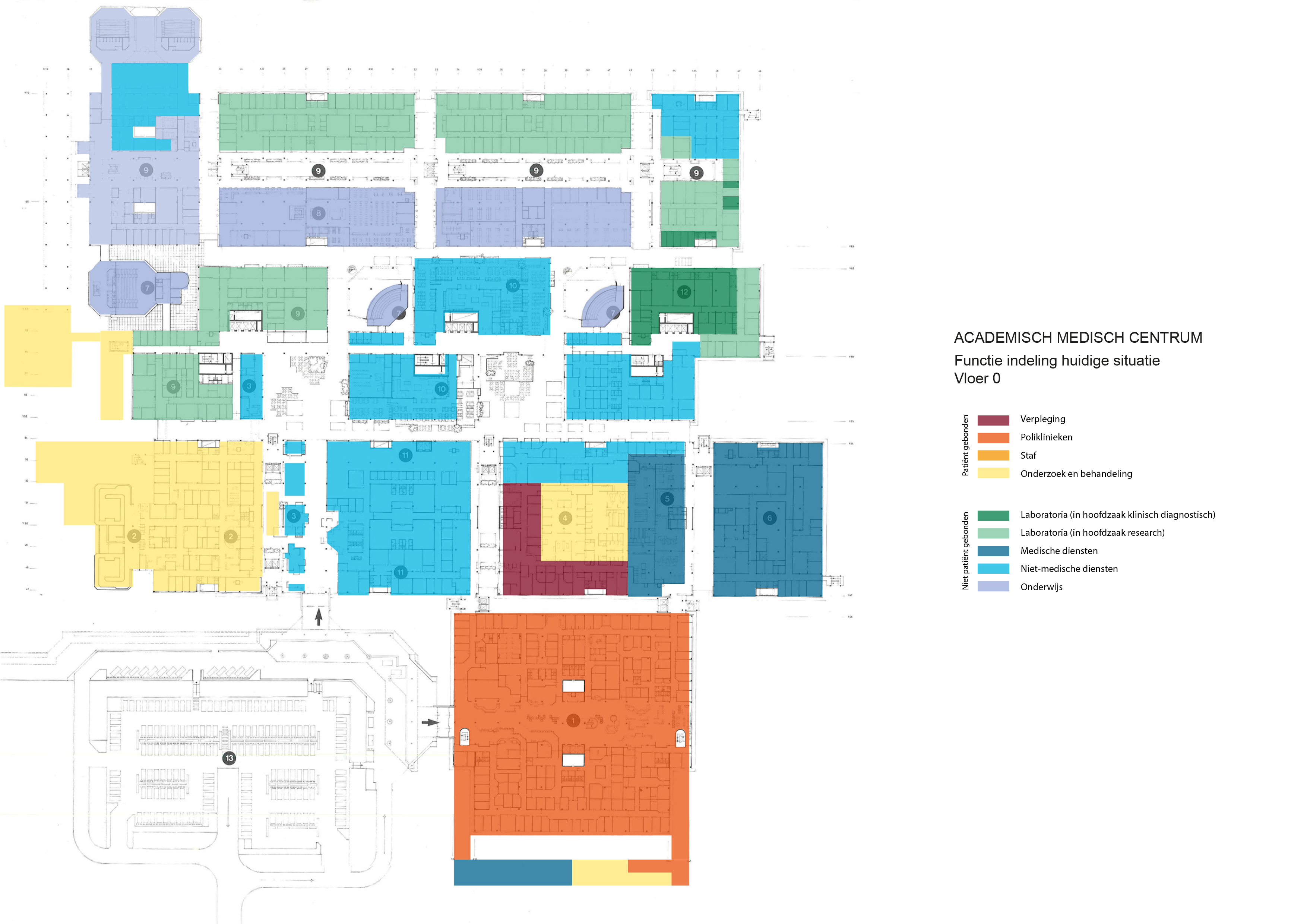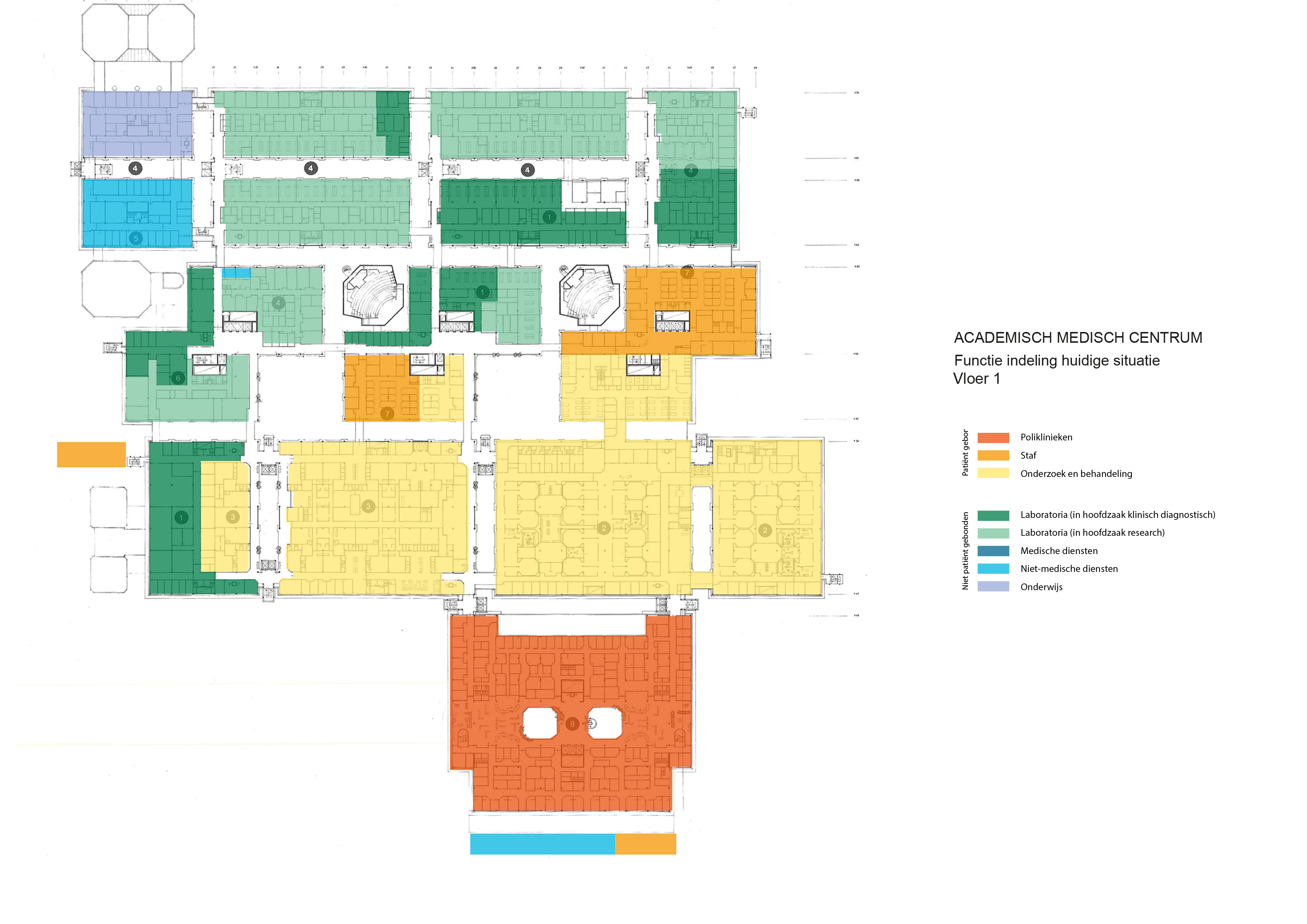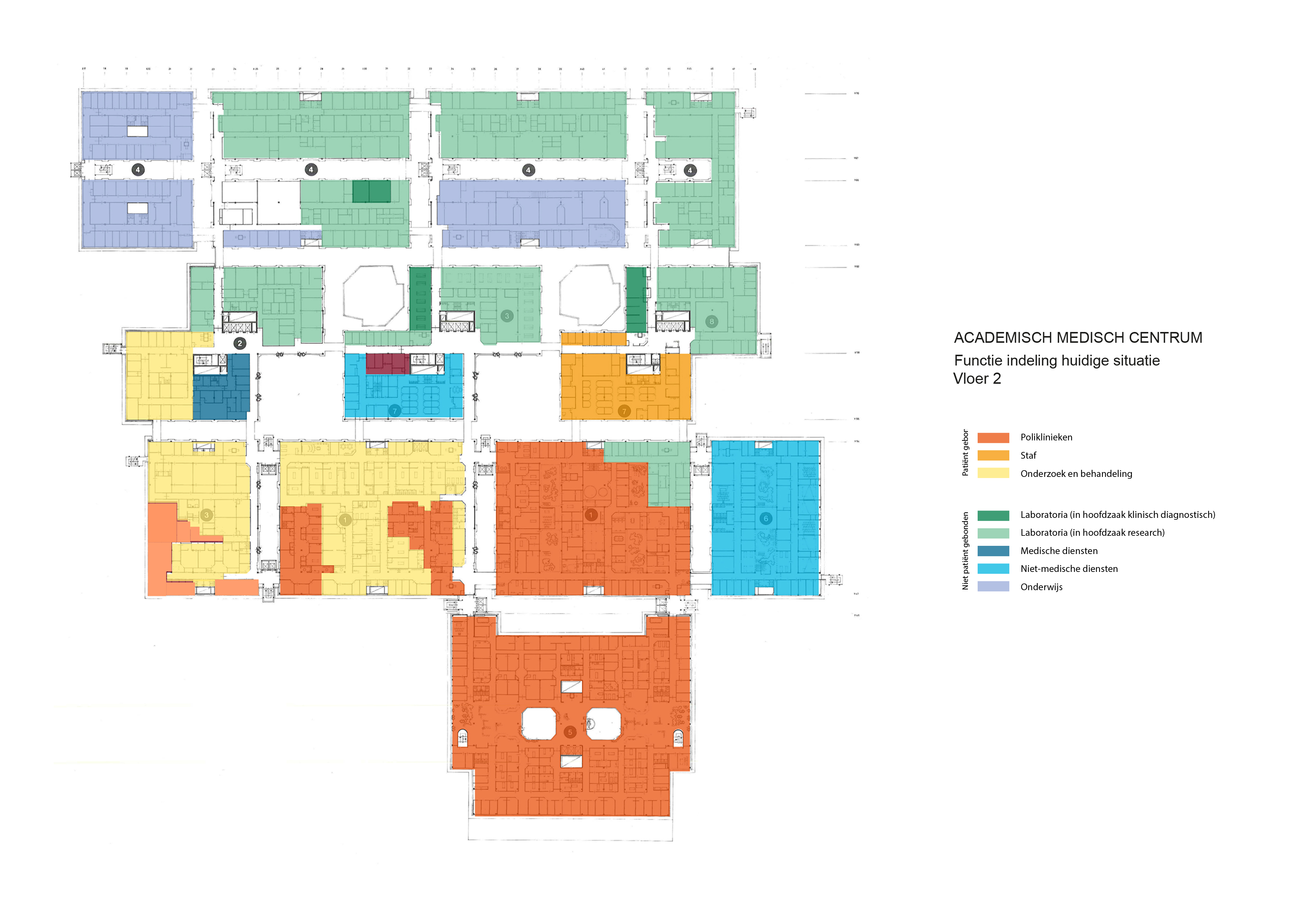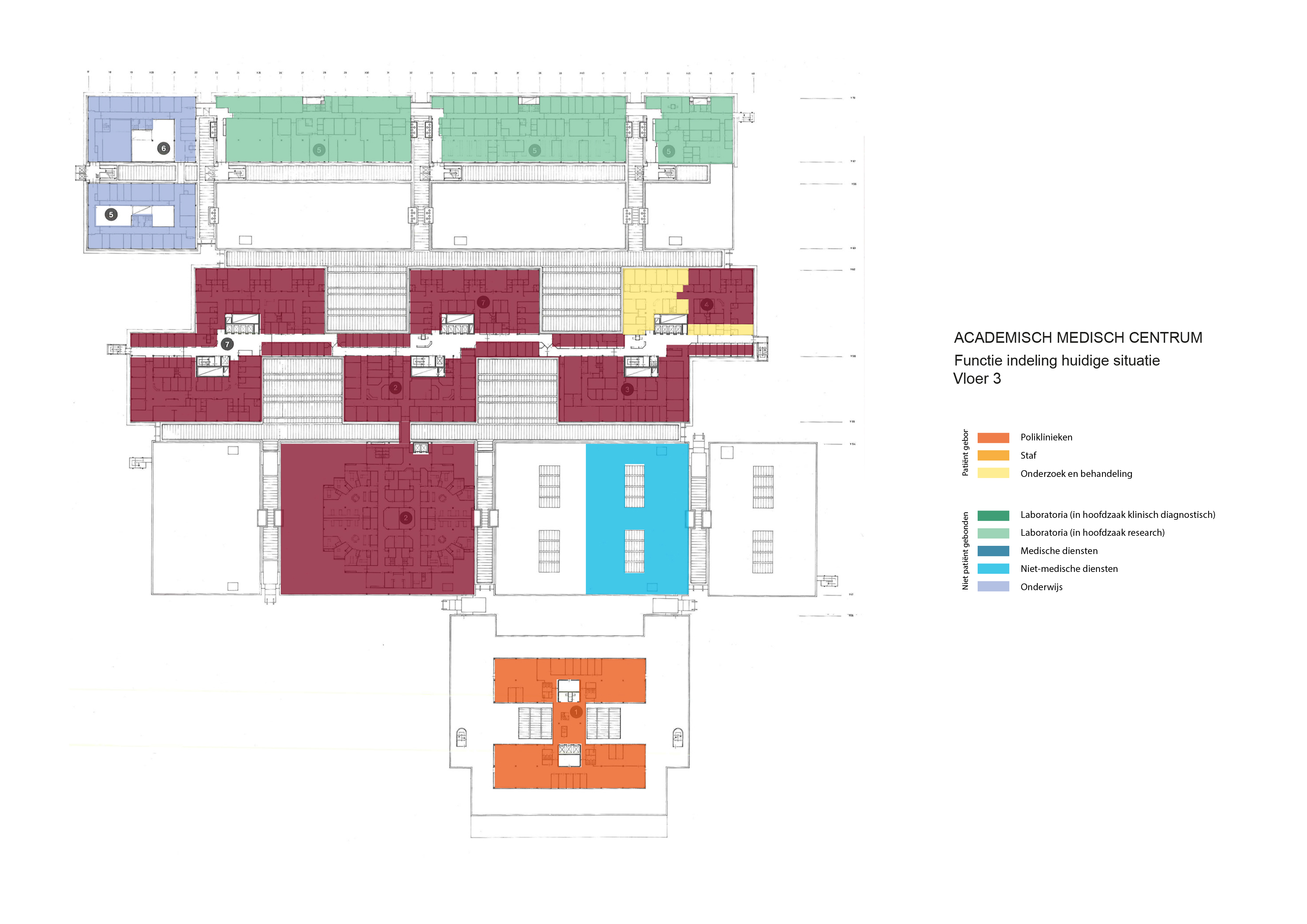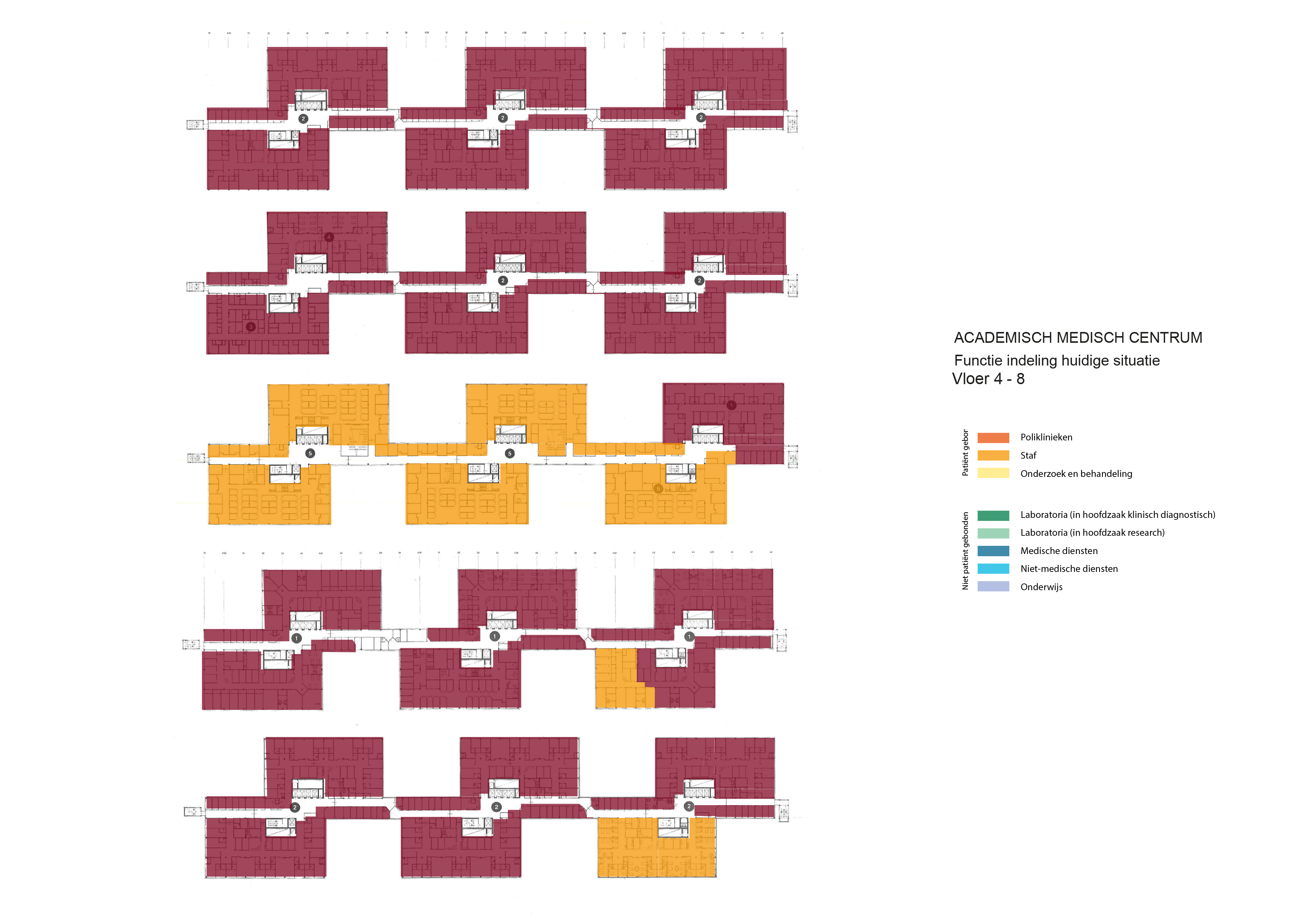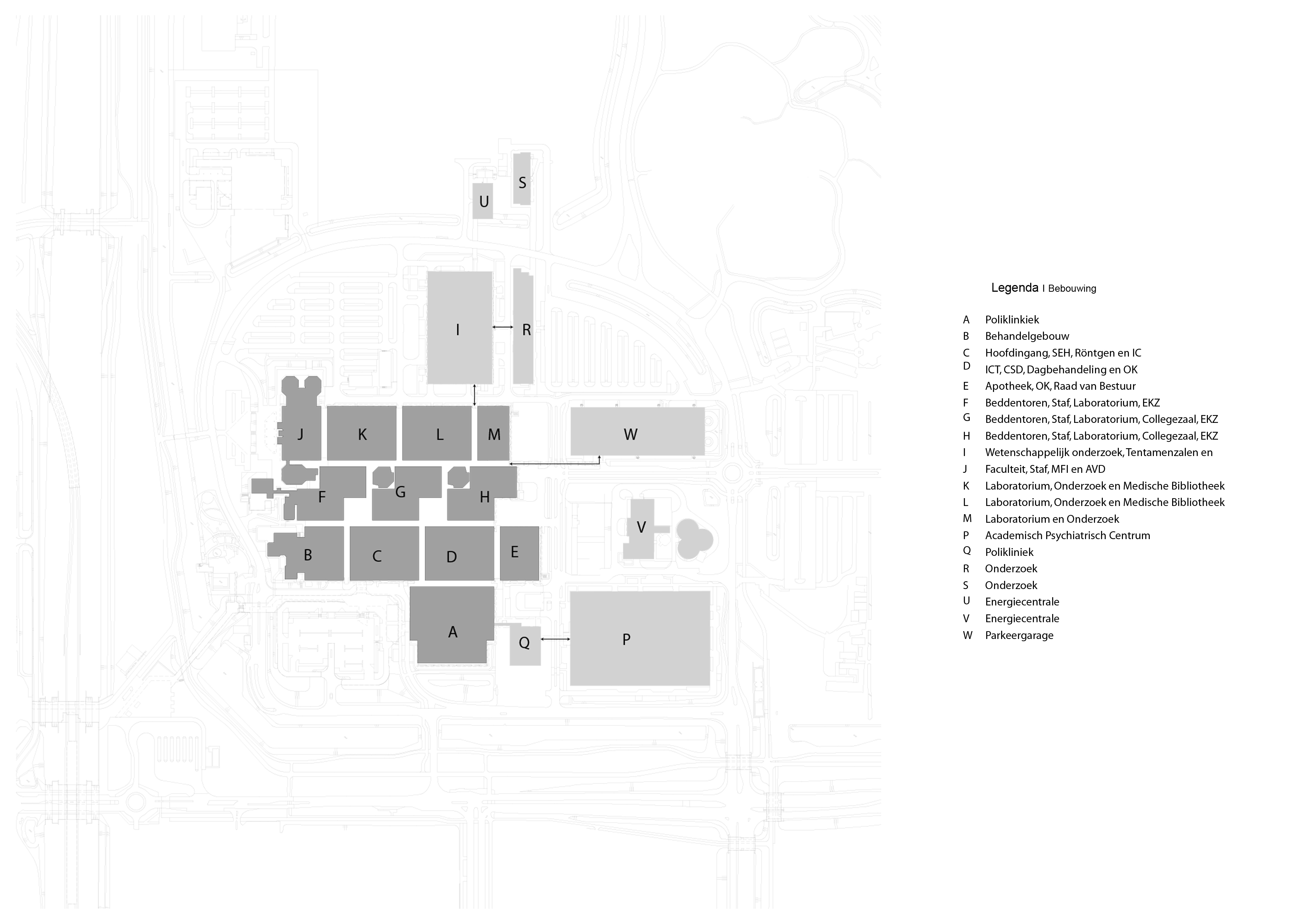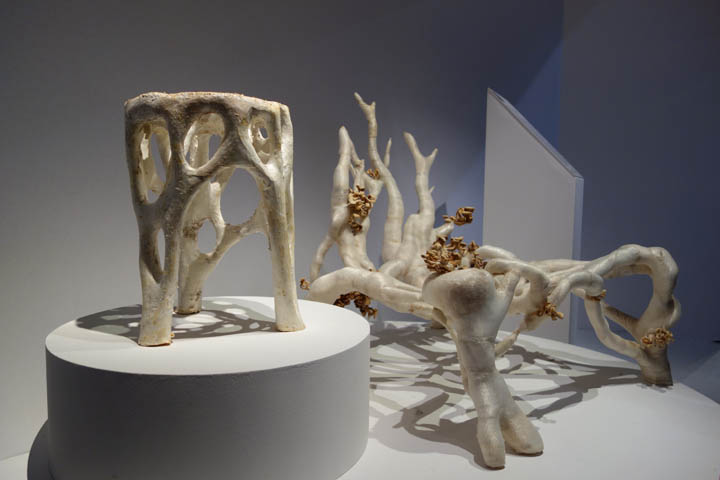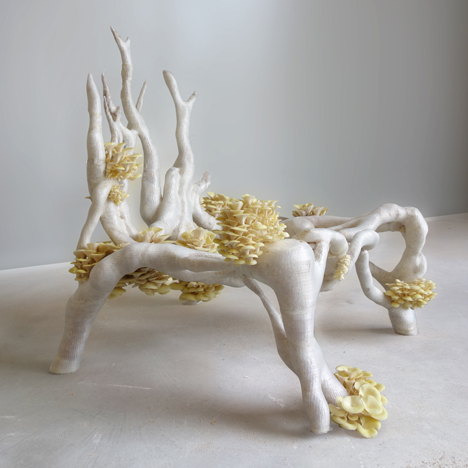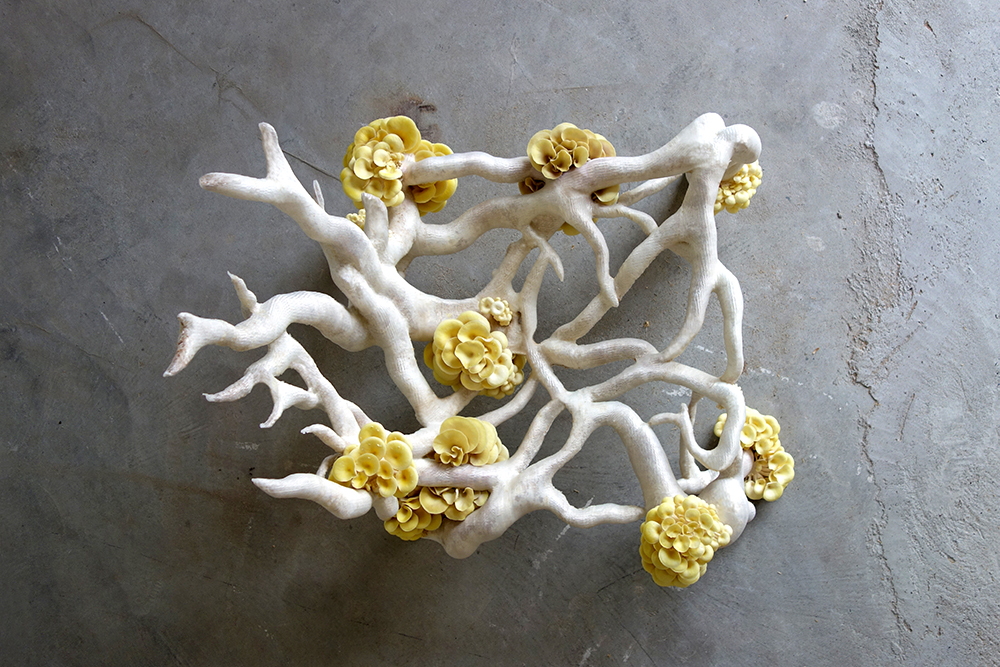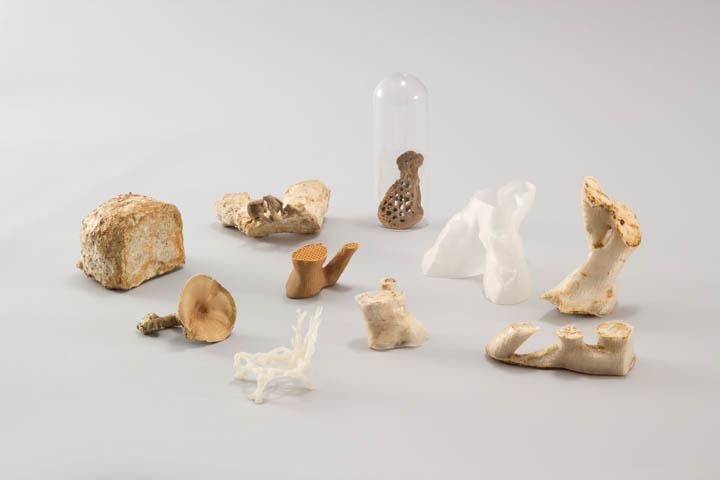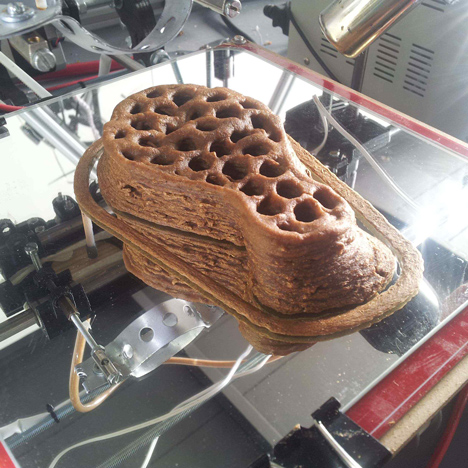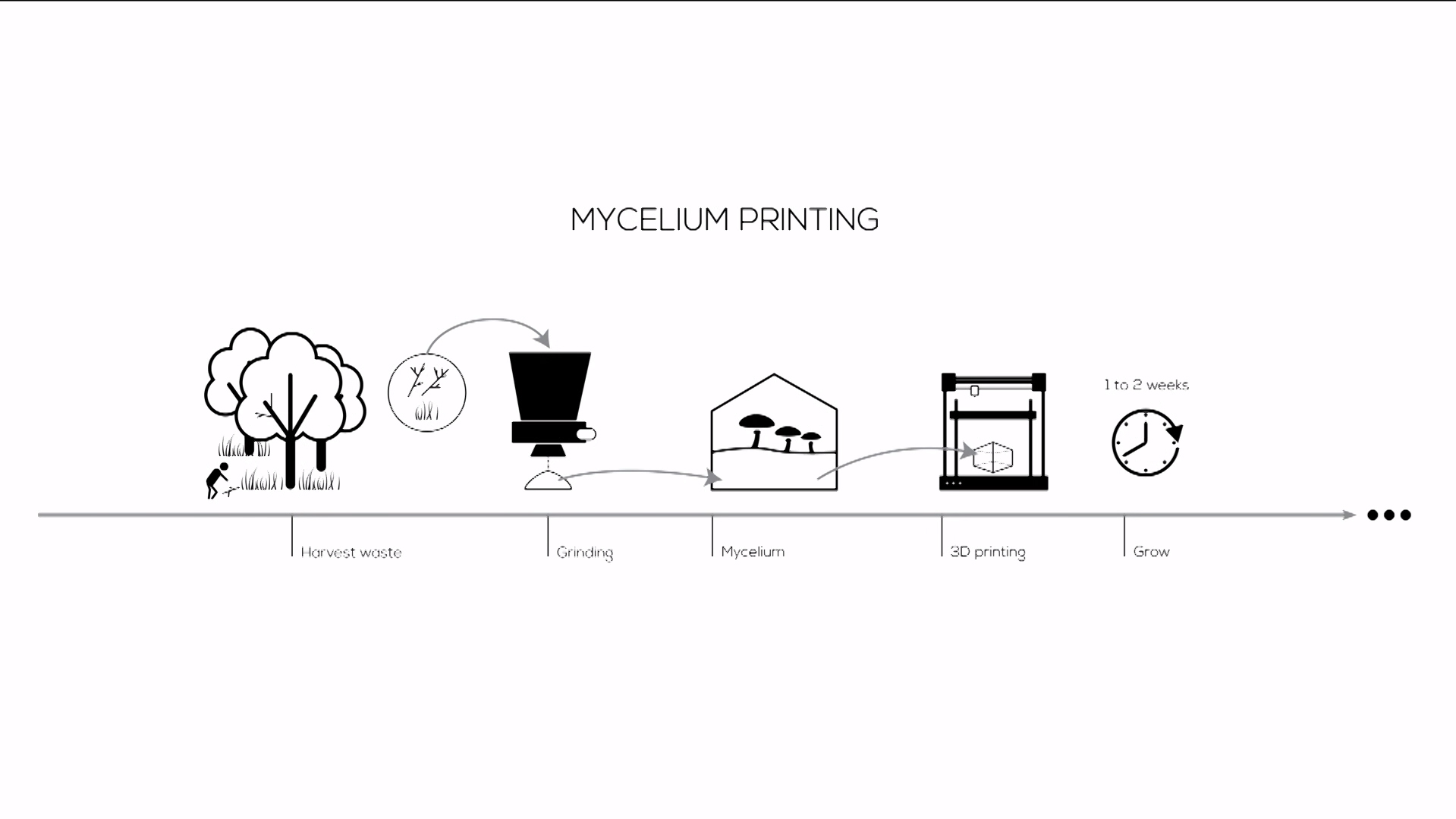project04:P1
P1
We recommend the following structure for your presentation: (you can also refer to previous student projects on the dropbox aE database for some examples) General overview: Coherent explanation about the total scope of your project: Problem statement, Objective, Overall Design Question, Thematic Research Question, Methods, etc. In fact the P1 is a visual graduation plan. First findings: What are your first findings about the context, use/program and thematic research? Towards the P2: What are your plans for the coming weeks/months? And what's your planning? Some groups also organise a collective presentation during the P1, please discuss the content with the responsible tutor. Show your inspiration in words, drawings and images!
Concept
Information over AMC Fungi concept.
The AMC
Key figures
Completed:
Floorspace:
Clinical admissions:
Day care admissions:
Outpatient visits:
Beds:
Employees:
Medical students:
Medical informatics students:
1983.
500.000m2
25.000 per year.
30.000 per year.
356.000 per year.
1.002.
7.000.
2.200.
100.
Impression
Own images
Location
Own images
Floorplans
(AMC, 2016)
Specialism
The AMC has various top-referral specialties. These include cardiovascular diseases, immunology and infectious diseases, diseases of the digestive system (surgery and internal medicine), metabolic diseases, gynecological oncology, specialized care in early pregnancy, prenatal diagnostics, pediatric oncology, pediatric immunology/ hematology, vascular disorders of the brain, severe hearing disorders, schizophrenia, amyotrophic lateral sclerosis (ALS) and deep brain stimulation for severe obsessive-compulsive disorders. Besides these specialties the AMC has also been allocated various top clinical functions by the dutch government. These are functions that provide medical treatments and services in limited number of hospitals, this due to high costs and required expertise. The AMC’s allocated top-clinical functions include kidney dialysis and kidney transplantation, open heart surgery, radiotherapy, neurosurgery, neonatology and nuclear medicine.
The AMC tries to distinguish itself from other hospitals through seven core areas of medical research. These are: cardiovascular diseases, immunity and infections, gastrointestinal diseases, metabolic disorders, neurological and psychiatric disorders, oncology and epidemiology & public health. All of these core areas covers the whole spectrum of medical research: from fundamental biomedical, translational and clinical research to the evaluation of new medical methods and techniques.
Infectious diseases and immunity
In a Dutch and international context, AMC researchers are working on the development of drugs and the evaluation of combination therapies for HIV/AIDS. Another line of research focuses on the development of vaccines, and bacterial research concentrates on pneumonia, meningitis and septicemia. Treatment options for rheumatoid arthritis are also being studied, with researchers concentrating mainly on the inhibition of proinflammatory proteins by means of an inactivated virus. Phagocytes, dendritic cells and T-cells are the central focus of fundamental immunological research.
Oncology
Most of the research in the core area of oncology concerns the molecular and biochemical backgrounds of cancer. There are four lines of research: gastrointestinal oncology, hematological oncology, pediatric oncology and neuro-oncology. The focus of the research is the hypothesis that only cells of one certain type – called cancer stem cells – cause tumors to grow and spread. The pediatric oncology research covers everything from fundamental research (genetic profiling) to clinical research. Much attention is focused on new drugs, and the later effects of oncology therapy.(AMC, 2009)
AMC's development vision and aims
In the spirit of the original principles of the core principles for redevellopment of the AMC are flexibility and standardisation. Within these principles safety and patient-centrality. The different phases of care will be more seperated and than accordingly relocated within the hospital netwerk. These phases include diagnostics, threatment, screening, after care, nursing and caring.
Another important aspect of the AMC is the increase in scientific research, in quantity (promotions and publications) as well as quality (research funds and impactscores). It is important for the AMC to remain as one of the top UMC research instituses. Through international cooperations it remains a key player within it's core areas as previously mentioned. To increase its international presence valorisation is promoted from start up companies.
The functional state of the bedroomtowers has decreased under an acceptable level for modern medicine. Therefor these towers need to be redevelloped to once again live up to the modern standards. Another problem is that there is hidden vacancy within the towers. Theorically one full tower could be removed or repurposed.
The research and threatment center forms the core of the AMC, these function feature high investment costs, complex housing and growth. The functions feature policlinics, research centers e.g. But in the future the policlinic functions need to grow. In order to achieve this subfunctions have to be segregated, that would mean that research functions are supposed to be clusterd as for the other functions.
AMC functions remarkable well for its age when it comes down on patient care. But the wayfinding, approach and entrering of the area and the complex are out dated. The current main entrencee and the policlinic entrence are out dated, not representative and don't contribute to the welcome feelings patients and visitor should have.
flexibility plays a role within the strategy to make more efficient use of the current facilities. This means that employees will have to share their office facilities with employees from other facilities. Therefore reducing 70 offices spots per 100 employees. Another aim is the redevellopment of internal spaces so that they can be used for one main purpose like offices, waiting, research, consultant rooms e.g. and not just for one specific department.(AMC, 2016)
Redevellopment constraints
When designing the transformation of the building, there are a few rules which the AMC has set up so the building remains it current character:
1. During transformation the hospital should remain in function. That would imply that a phased devellopment plan should be develloped.
2. The redevellopment should remain within the current boundries of the building. Excluding the entrences of the building and the renewed landscape plan.
3. The concrete structure should remain in place and should remain visible.
Fungi
Information over Fungi.
Users Narratives
User narratives, doctor, intern, patient, patient relatives
Material cycle
Material cycle.
Design
Design scheme.
Planning
Planning.
References
References.
